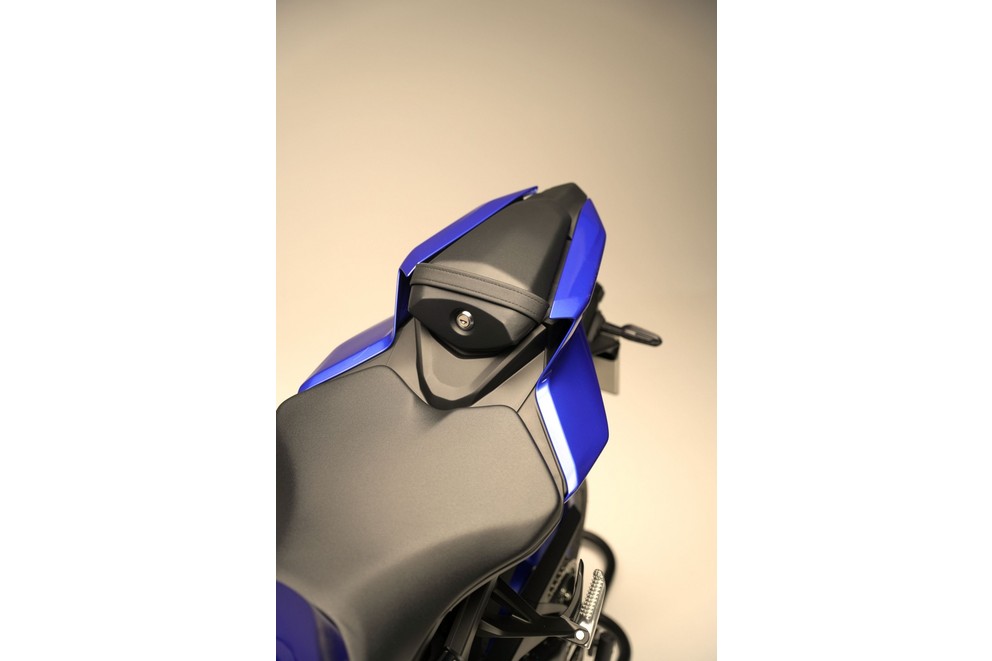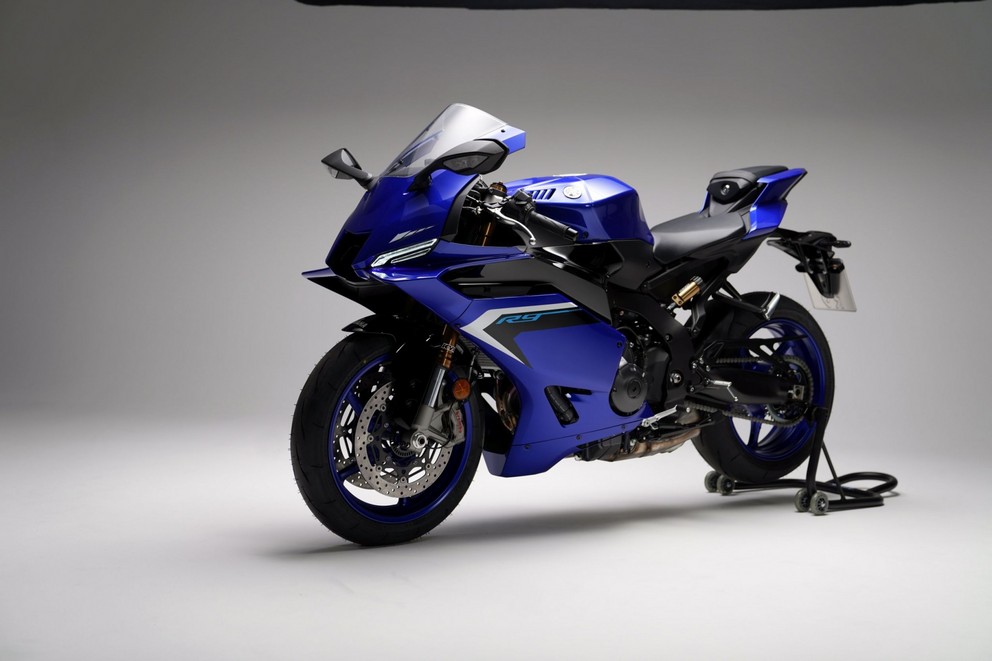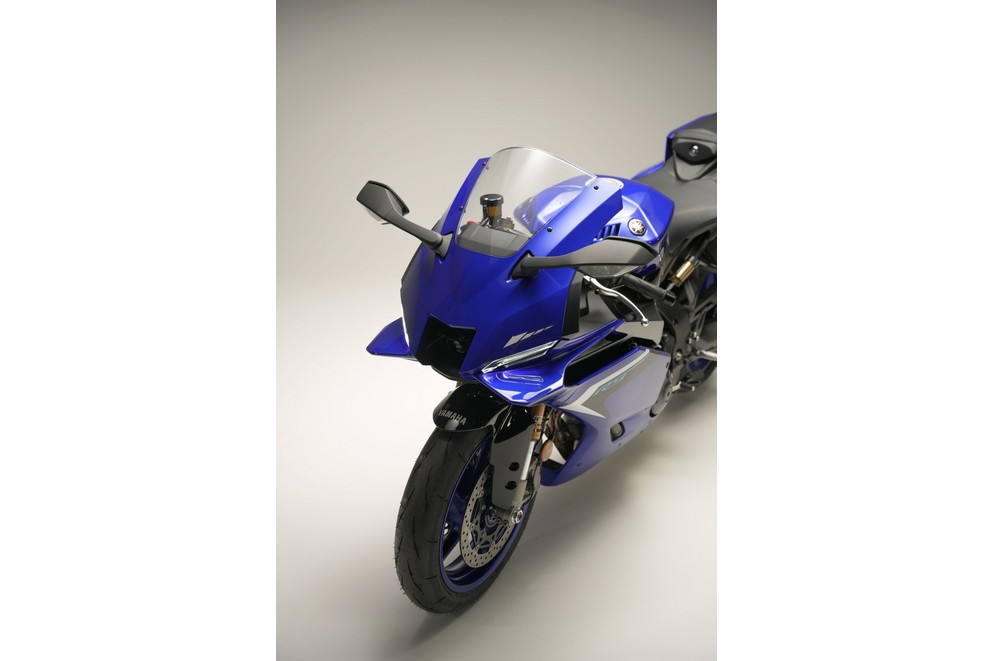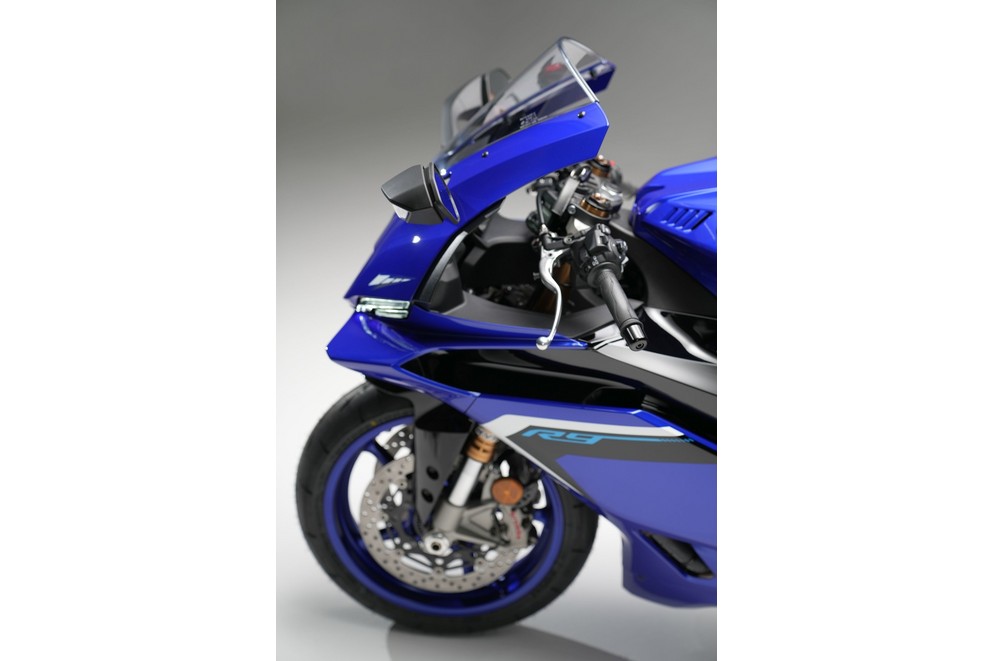In the past and present, overtaking a Yamaha R6 in the supersport segment was perhaps only possible by slipping out of its slipstream. This bike has achieved many victories and titles over the past decades. The success story began in 1999 when the R6 was introduced as the successor to the YZF-600R Thundercat. From that point on, it went steadily uphill, and development was continuously advanced. With the RJ11, RJ15, and the RJ27, which was last launched in 2017, milestones were set in this class.
Since then, much has changed in the motorcycle world. The sales figures for supersports and superbikes are stagnating or even declining sharply, and the strict EU emission standards pose significant challenges for the companies. The manufacturers had to react. Yamaha's first step was to halt the further development and sale of the street version of the R6 within the EU. The successful racing version remains available for purchase.

&width=72&height=72&bgcolor=rgba_39_42_44_0&mode=crop)










































































































